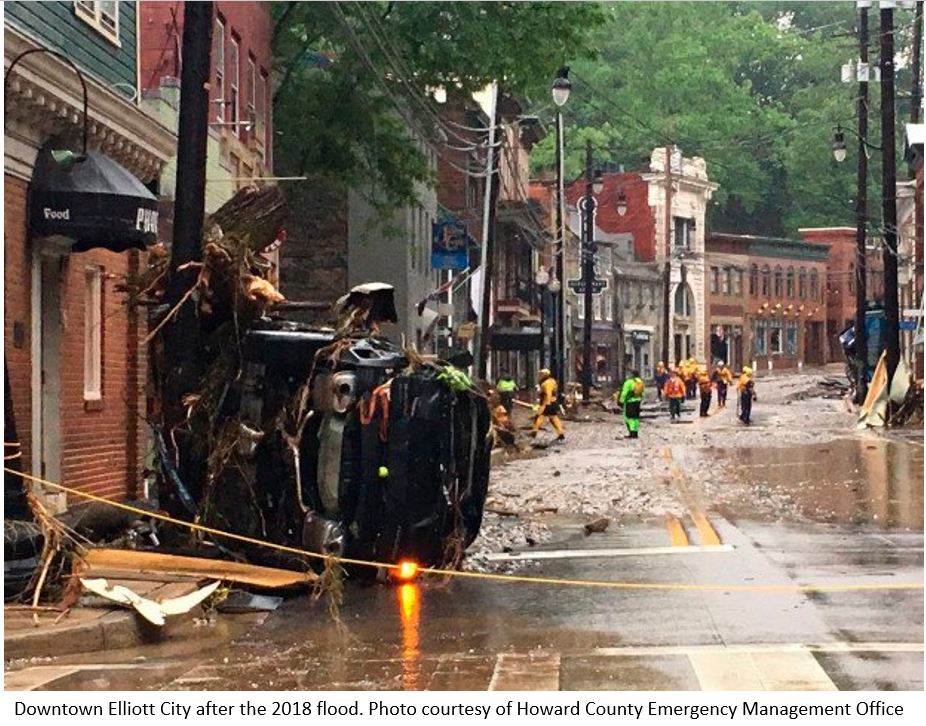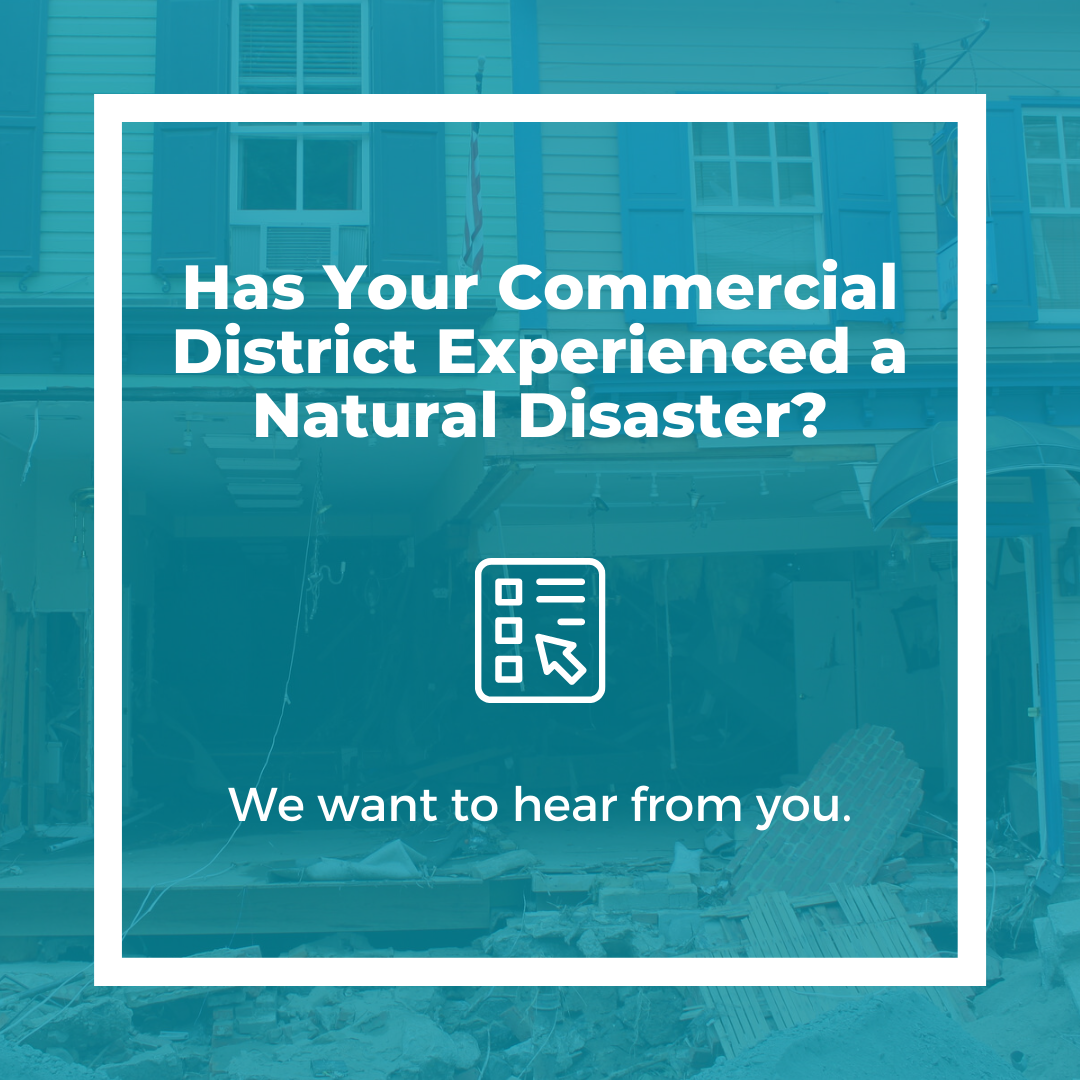Announcing the Science Discovery on Main Street Grant Recipients
Main Street America is thrilled to announce the 12 Science Discovery on Main Street grant program recipients.
Aprenda soluciones basadas en datos para retos complejos en el Taller de Transformación Comunitaria 2025 en Columbia y Hartsville, Carolina del Sur, del 13al15 de octubre.
Más información
Marion, Iowa © Tasha Sams
We work in collaboration with thousands of local partners and grassroots leaders across the nation who share our commitment to advancing shared prosperity, creating resilient economies, and improving quality of life.

Emporia, Kansas © Emporia Main Street
Made up of small towns, mid-sized communities, and urban commercial districts, the thousands of organizations, individuals, volunteers, and local leaders that make up Main Street America™ represent the broad diversity that makes this country so unique.

Chicago, Illinois © Main Street America
Looking for strategies and tools to support you in your work? Delve into the Main Street Resource Center and explore a wide range of resources including our extensive Knowledge Hub, professional development opportunities, field service offerings, advocacy support, and more!

Waterloo, Iowa © Main Street Waterloo
Your one-stop-shop for all the latest stories, news, events, and opportunities – including grants and funding programs – across Main Street.

Kendall Whittier — Tulsa, Oklahoma © Kendall Whittier Main Street
Join us in our work to advance shared prosperity, create strong economies, and improve quality of life in downtowns and neighborhood commercial districts.

September is National Preparedness Month, a month dedicated to raising awareness at the community and individual level about the importance of preparing for disasters and emergencies. For Main Street communities across the country, disasters from record-breaking hurricanes to quick-spreading fires are all too common. To address the need for more resources to support commercial district practitioners in disaster preparedness and recovery, Main Street America (MSA) launched the National Park Service Main Street Community Disaster Preparedness and Resilience Program. Funded through generous support from the Emergency Supplemental Historic Preservation Fund administered through the National Park Service, this program is working to convene experts and stakeholders, create a clearinghouse of curated resources, create a toolkit with strategies and worksheets for the most frequent disasters, and host workshops and trainings related to disaster preparedness and resilience.
In honor of National Preparedness Month, we sat down with Lindsey Wallace, Director of Strategic Projects and Design Services and manager of the the National Park Service Main Street Community Disaster Preparedness and Resilience Program, to learn more about her perspective on disaster preparedness on Main Street. Read our interview with Lindsey below, and explore a few resources to jump-start your commercial district preparedness work.
What are some common misconceptions about disaster preparedness and resiliency?

I would say a misconception, especially in the Main Street context, is that you have to 1.) be in a certain geographic region, or 2.) wait until there's imminent danger. That mindset really sets you up to not be able to address the disaster, be prepared, or be resilient. The resilient word is key there. As commercial district leaders, as community members, we really need to start thinking less about the preparedness and more about the resilience: it's good to have a plan, of course, but even a plan has to be adaptable and be able to change based on what's actually happening in the moment. So, I would say plan early, plan often. And keep planning; look at these situations as iterative, because unfortunately, as we're seeing, the number, frequency, and threat connected to natural disasters is only increasing. Certain geographic regions—like the Gulf, Puerto Rico, and the Western U.S.—have been disproportionately affected. However, even places like Chicago or the Great Lakes are not immune to it. We still face fires in commercial districts every day, flooding every day, in locations that are not in the path of hurricanes and wildfires.
I think in part, it's just a survival mechanism where we're just trying to get through the day. You only have so many hours in the day and as Main Street leaders, we work a lot, so it can be easy to say, ‘Well, if it's not an immediate danger, then I'm just going to put it over here.’ Unfortunately, I think we have to think of these as immediate dangers every day—not to sound apocalyptic, but more realistic, especially in the coming years.
What trends are you seeing in disaster preparedness that you think are particularly exciting or could be particularly beneficial for us to know about?
More and more people in different kinds of fields are approaching this, which is exciting because so much of what will actually help us be prepared, help us address these disasters, and help us be resilient is a coalition of a variety of stakeholders. It’s like anything in Main Street. In some ways, Main Streeters luckily are better set up for that because that's the nature of the work, but it's crucial in this context.
This is a little bit niche, but an exciting thing happening in the preservation field from a disaster resiliency perspective is the work the National Park Service is doing. They’ve been taking a really realistic look at treatments, at mitigation, and at adaptation, and being really realistic about how the set-up of the Secretary of Interior Standards and general preservation guidelines at the federal, state, and local level are set up to support mitigation and adaptation in the face of these natural disasters. I think the field itself is seeing it more, and that is new. You're seeing people really accept that, unfortunately, some places will be lost, some buildings will be lost, how do we prepare for that and adapt to that? And how do we focus on the people that are dealing with that? It’s unfortunate that this shift is an outcome of the frequency and the level of these disasters, but it's showing—at least to me—that there's some hope in terms of that kind of comprehensive approach to preparedness and resilience.
Is there a standout community that you’ve worked with thus far that has implemented a really great disaster preparedness or resiliency initiative?

A state that is doing really cool work in terms of incorporating preparedness and resilience overall at their state government level is Louisiana. Their Office of Cultural Development is funded by the state and focused on climate migration, cultural preservation, and welcoming communities—issues that will be crucial for Main Streets across the country to think about. In communities that are particularly hard-hit with disasters, what does that mean for the residents? If they might have to move to be safe, how do you prepare other communities nearby to welcome people that are moving from a different part of the state? How do you celebrate, preserve, and maintain the culture moving from one place to another? Especially when they could have a completely different geography, a completely different topography, or completely different population. What’s so cool about that office is that it's actually located in the same umbrella department that the State Historic Preservation offices and that the Main Street program are in. Louisiana Main Street were the ones who connected us with Maida Owens at the Office of Cultural Development because they could see the power of the connection there: how her work will directly impact and connect to Main Street leadership and communities. I love that concept. I would love to see that model nationwide.
Another community that comes to mind is the Allapattah CDC in Miami, Florida. They’re doing really incredible work looking at climate gentrification in Miami, which is on the frontline for these development pressures and wealth gap issues. I think climate gentrification is relatively new in the general conversation around preparedness and resilience. What happens when the water's edge starts to change? When land that was once by the water is now underwater? Or what happens to those places that are a little higher up, that didn't before face development pressures of this kind, but suddenly do? Allapattah’s approach to these questions and challenges is very proactive, very community led, and very community-based. Mileyka Burgos-Flores who runs that organization is an expert in preservation, she's an expert in community development, and her team is fantastic. It's cutting-edge and crucial for the future of this kind of work.
There is really cool work coming out of Charleston, South Carolina; there's really cool work coming out of Nantucket; and certainly, I would imagine, in Oregon and California. Really, it’s all over the country.
Anything else you’d like to add?
There are a lot of really great resources coming out of Main Street partner organizations. Definitely at the national level, but a lot of cool work coming from the state and local levels that show innovation in the face of this pretty daunting reality. Main Street America will do our best in our program to pull together those great resources: we want to be a clearinghouse and a connector. Part of why this work is so hard is because it seems insurmountable and so confusing—it’s hard to start. What we're trying to do in our work with the Park Service is make that first step easier. And make the steps beyond that easier too.
But I would also tell folks to keep their eyes out for resources coming from their state and local partner organizations. There is help, and there is precedent. It's just a matter of mining that and finding what works best in your particular context.
The official Disaster Preparedness and Resilience Toolkit, including handbook and online resource library, will be available in early 2022! In the meantime, learn more about implementing disaster preparedness initiatives in your community by reviewing resources below:
Climate Action Plan (City of Charleston)
Main Spotlight: Disaster Resilience on Main Street (Main Street America)
Resilience Roundup: Public Spaces Fighting Climate Change (Project for Public Spaces)
Guidelines on Flood Adaptation for Rehabilitating Historic Buildings. (National Park Services)
Integrating Historic Property and Cultural Resource Considerations Into Hazard Mitigation Planning (FEMA)
Disaster Preparedness Roadmap: Building Main Street Resilience (Main Street America)
Keeping History Above Water Conference (Newport Restoration Foundation)
Commission Assistance and Mentoring Program (CAMP®) (The National Alliance of Preservation Commissions)
Ready Business Toolkits (Ready.gov)
Role of Section 106 in Disaster Response - Frequently Asked Questions Synopsis (Advisory Council on Historic Preservation)
Want to hear even more from national disaster resiliency experts? Check out Understanding Climate Change, a free workshop from the National Trust for Historic Preservation designed to provide clarity of definitions and terminology, describe climate concepts, and outlines various strategies to address the impacts of climate on heritage. Hosted Tuesday, September 21 at 2:00pm ET. Register here.